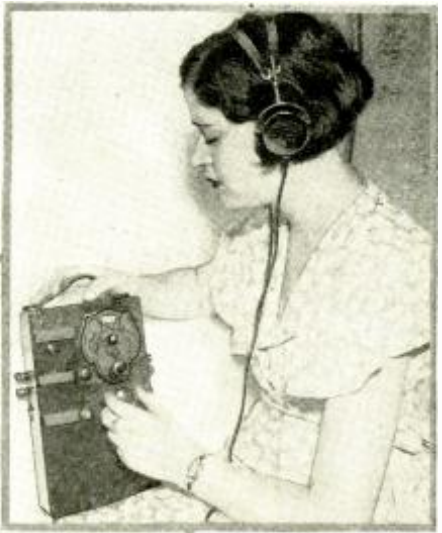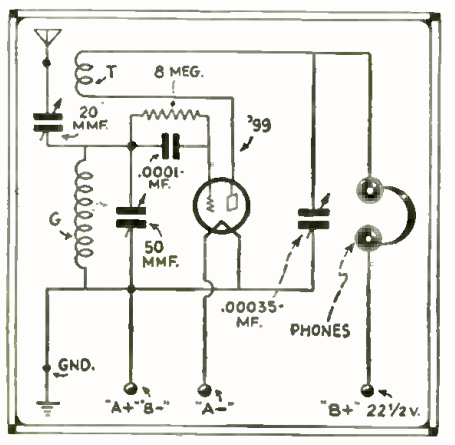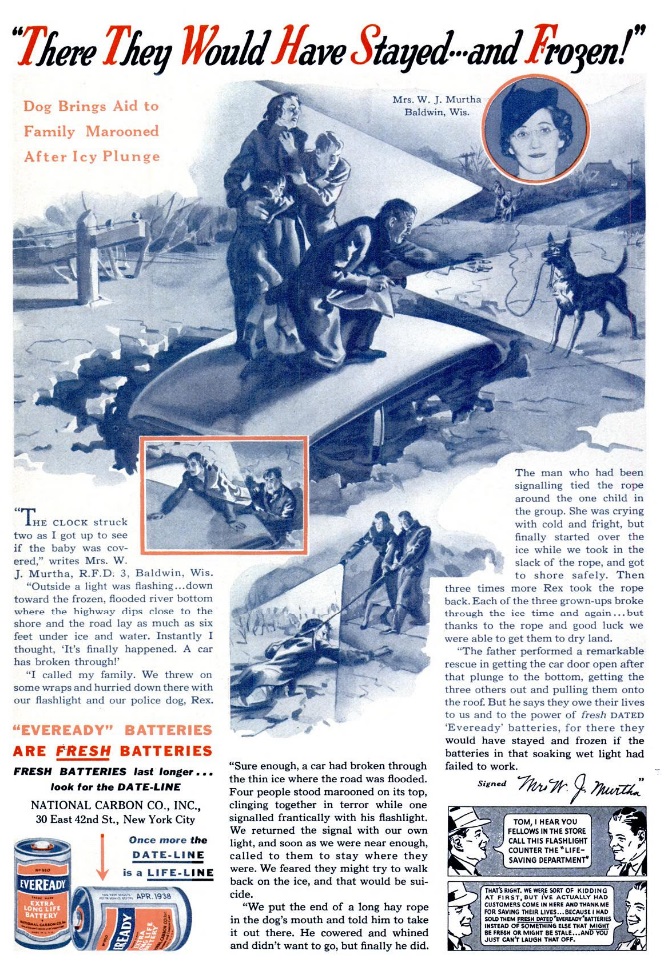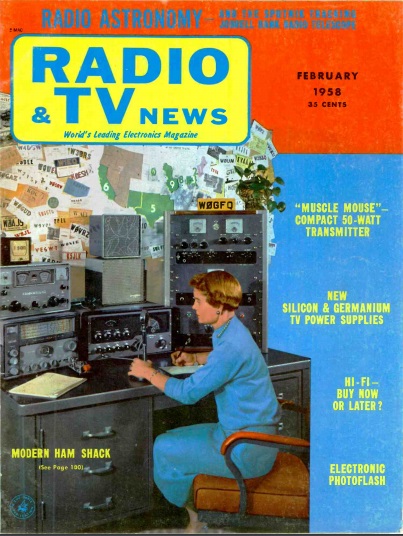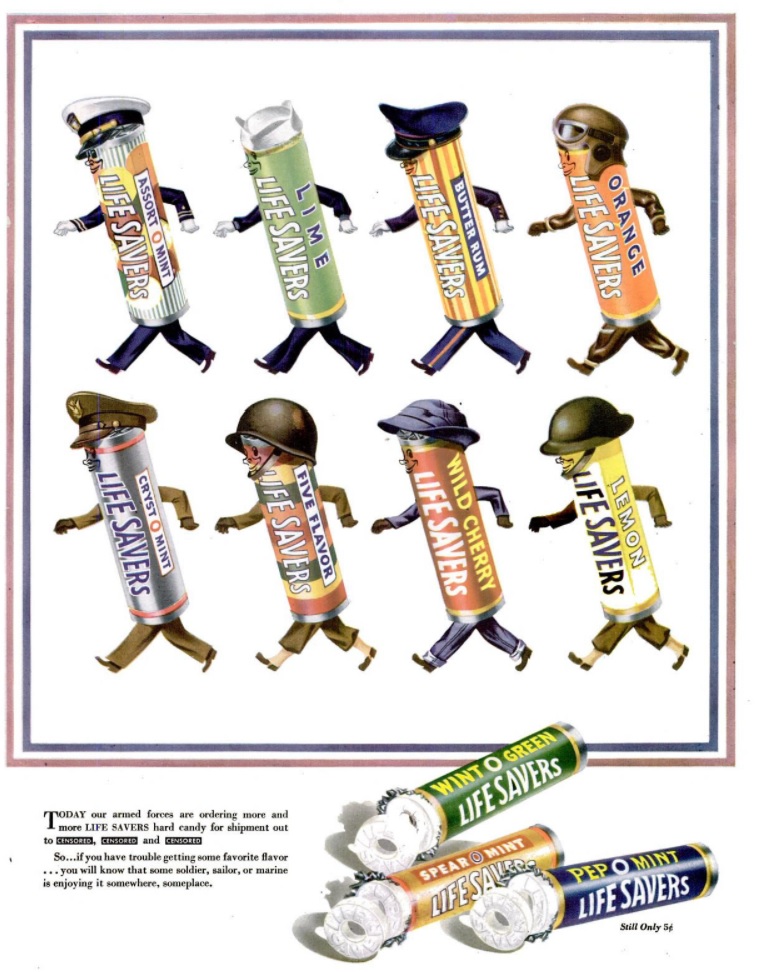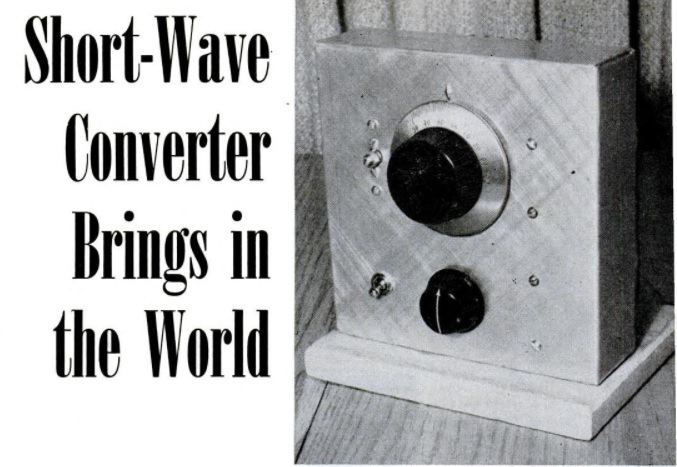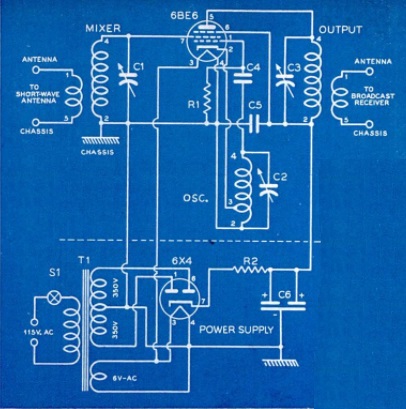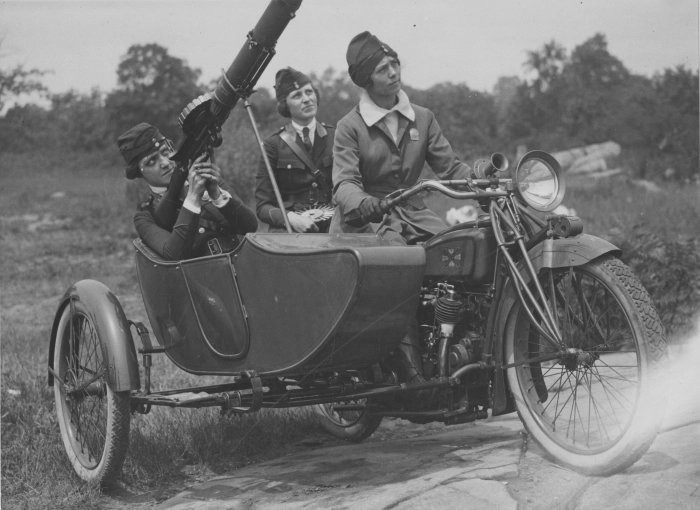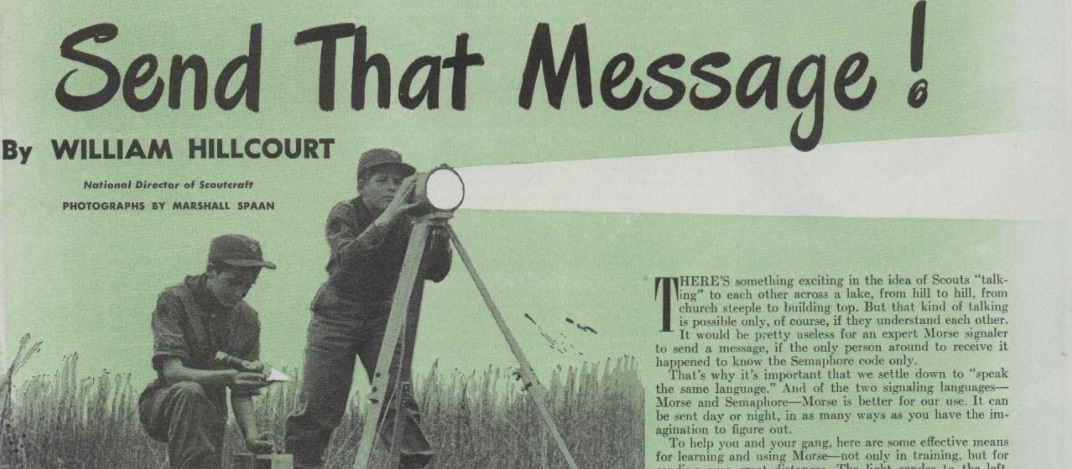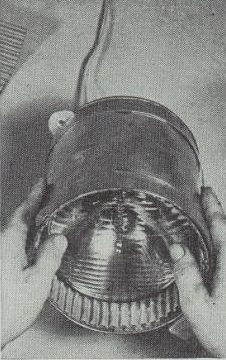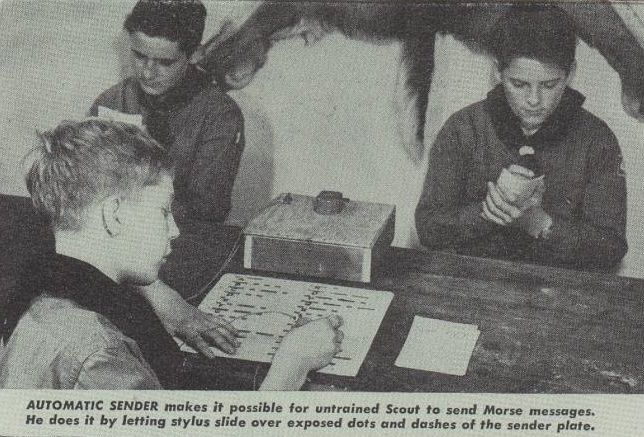 This month eighty years ago saw the beginning of the short-lived run of Rural Radio magazine with the February 1938 issue. That issue’s cover, shown above, depicts a modern progressive farm family listening to the modern version of the party line, with an image of the old-fashioned version also shown.
This month eighty years ago saw the beginning of the short-lived run of Rural Radio magazine with the February 1938 issue. That issue’s cover, shown above, depicts a modern progressive farm family listening to the modern version of the party line, with an image of the old-fashioned version also shown.
The magazine was published by Rural Radio, Inc., of Nashville, which, of course, just happened to be the home of WSM. Edwin Craig, the President of the company that had founded WSM, in 1934 invited fourteen other clear channel stations to a meeting in Chicago where an organization called the Clear Channel Group was formed to lobby on behalf of the powerful stations. One result was the magazine, designed to promote the interests of the clear channel stations to their rural listener base.
The magazine lasted less than two years, since the editor, Ed Kirby, was wooed away by the National Association of Broadcasters to head its public relations department. The magazine was left in the hands of the printer, and was merged into Radio Varieties in 1939.
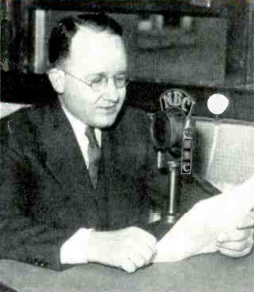
Morse Salisbury
The first issue carried an article, “What Radio Means to the Farmer,” penned by Morse Salisbury, the Radio Chief of the U.S. Department of Agriculture. Salisbury was the host of the “Farm and Home Hour,” which was heard over 93 NBC stations for an hour each weekday. (A script of a 1937 broadcast is available at this link.) Salisbury noted that farm families, in addition to having access to the same entertainment, culture, and news as their city counterparts, also relied upon radio for “quick and close contact with knowledge that is important in a business way.”
He noted that the nation’s six million farm families did not have the capability of gathering the scientific and economic information necessary to their livelihood, but the Government provided that information through the Land Grant Colleges, extension services, and now radio.

